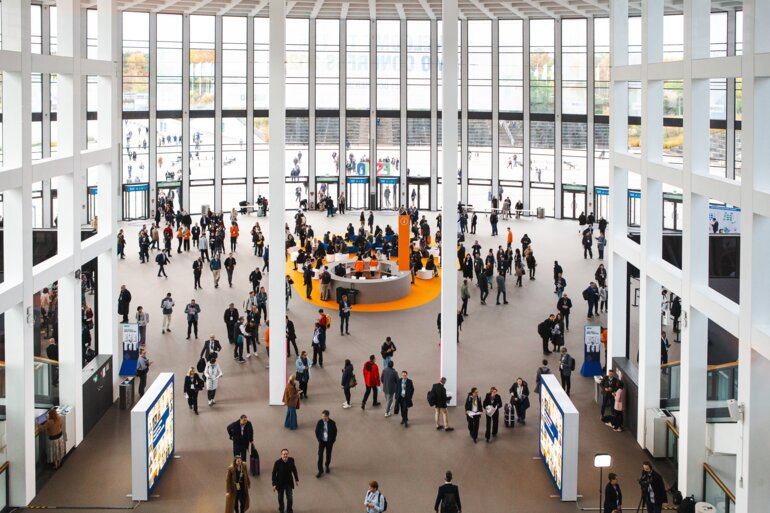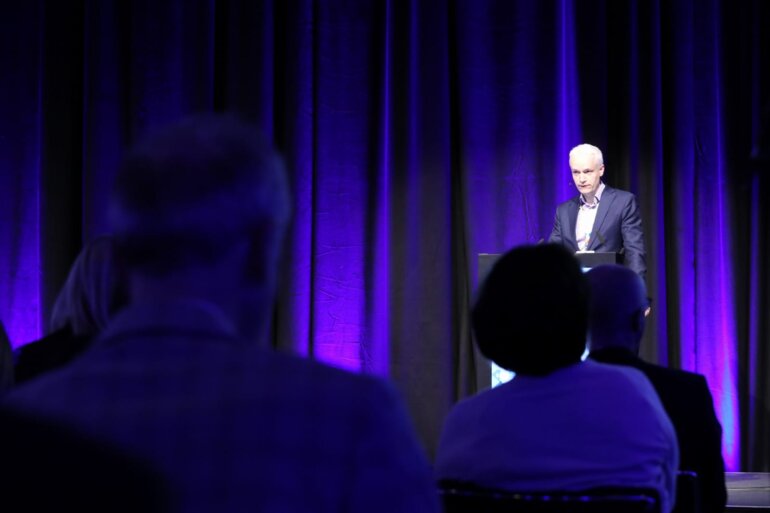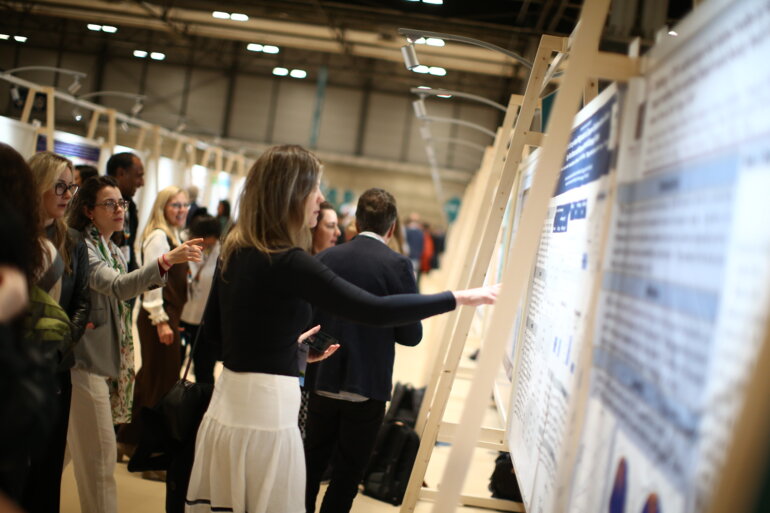2021 ESMO–EURACAN–GENTURIS–ERN PaedCan Clinical Practice Guidelines open the door to genetic testing but the search for new treatments continues
The ESMO–EURACAN–GENTURIS–ERN PaedCan Clinical Practice Guidelines for diagnosis, treatment and follow-up of bone sarcomas were released in late 2021 (Ann Oncol. 2021;32:1520–1536) as an update to the previous guidelines (published in 2018). As a result of the partnership between ESMO and the European Reference Networks (ERNs) EURACAN, PaedCan and GENTURIS, the latest edition introduces genetic testing guidance for patients with osteosarcoma.
“For the first time, ESMO’s guidelines have been produced with the input of GENTURIS, an ERN for patients with rare genetic tumour risk syndromes, to provide criteria for patients with osteosarcoma who should receive genetic testing, thus helping to better refine the therapeutic approach,” explains one of the contributing authors, Dr Nadia Hindi from the Fundación Jimenez Diaz, University Hospital, Madrid, Spain. In Li-Fraumeni syndrome, for example, the already increased susceptibility of patients to develop neoplasms due to the presence of TP53 mutations in their cells can be further exacerbated by therapeutic radiotherapy, which is used in some patients with unresectable tumours or those at a high risk of local recurrence following resection. “Having information regarding TP53 mutation status will help clinicians to balance the anticipated benefits of radiotherapy for these patients against the risks,” continues Hindi.
Access to this genetic testing in a reasonable time, however, could be challenging, reinforcing the advice to manage osteosarcoma patients in centres with expertise and readily available access to the proper genetic testing tools.
In spite of the advances in other histotypes, the upfront therapy of osteosarcoma has barely changed. Surgery, plus neoadjuvant and/or adjuvant chemotherapy, remains the first-line approach for resectable disease, with chemotherapy plus or minus radiotherapy being recommended for unresectable disease. Nonetheless, some positive evidence focused specifically on the management of adult osteosarcoma patients has been produced in recent years with non-methotrexate-based regimens, involving doxorubicin, cisplatin and ifosfamide, as demonstrated by the European Euro-B.O.S.S. study (Tumori. 2018;104:30–36) and the OS2006/Sarcome-09 study (Int J Cancer. 2020;146:413–423). These regimens provide an alternative approach to high-dose methotrexate, which is, in addition to cisplatin and doxorubicin, the backbone of chemotherapy regimens for paediatric and adolescent patients, but can be challenging to administer in adults because of toxicity concerns related to delayed clearance in this age group (Oncol Rep. 2003;10:851–857). However, the development of new therapeutic strategies is urgently required. “In the last two decades, no significant improvements have been achieved in the outcome of patients with osteosarcoma and we appear to have reached a ceiling of efficacy with cytotoxic chemotherapy,” stresses Hindi. “This is a huge unmet need.”
Antiangiogenic agents have shown activity in osteosarcoma, although they are not yet approved or reimbursed in most countries. “These agents represent an interesting therapeutic option, and several clinical trials are assessing their efficacy, alone, or in combination with chemotherapy,” says Hindi. The 2021 guidelines provide data for the antiangiogenic agents, cabozantinib and regorafenib. If available, the use of these agents could be considered on an individualised basis with shared patient–physician decision-making.
Despite the success of immunotherapy in other tumour types, disappointing results have been seen in early studies in osteosarcoma, and immunotherapy does not feature in treatment recommendations for these tumours. However, Hindi believes that the future comes with renewed hope for the use of immunotherapy in this field. Approaches attempting to increase immunogenic cell death by combining immunotherapy with chemotherapy or antiangiogenics are being explored in a number of trials. One example is a cohort of the international phase Ib/II IMMUNOSARC trial, conducted by a Spanish group for research in sarcoma (GEIS), which is investigating the combination of perioperative and maintenance nivolumab with standard methotrexate, doxorubicin and platinum (MAP) in the treatment of patients with advanced resectable osteosarcoma (NCT03277924). The use of modified T lymphocytes is another potential approach. “We know that the immune system plays a role in osteosarcoma, but we do not yet know how to harness the effects,” says Hindi. “We also lack reliable predictive biomarkers needed to define which patients are most likely to benefit from immunotherapy.”
Co-operation between research teams is key to making progress in osteosarcoma, as Hindi concludes, “A huge amount of work is needed in this very challenging disease, which predominantly affects young people. There has to be collaboration in preclinical and translational research if we are to improve outcomes for our patients.”
Highlighted session:
Bone tumours. ESMO Sarcoma and GIST Virtual Symposium 2022
Main symposium, 01.02.2022, h. 16:30 – 18:00, Channel 2






